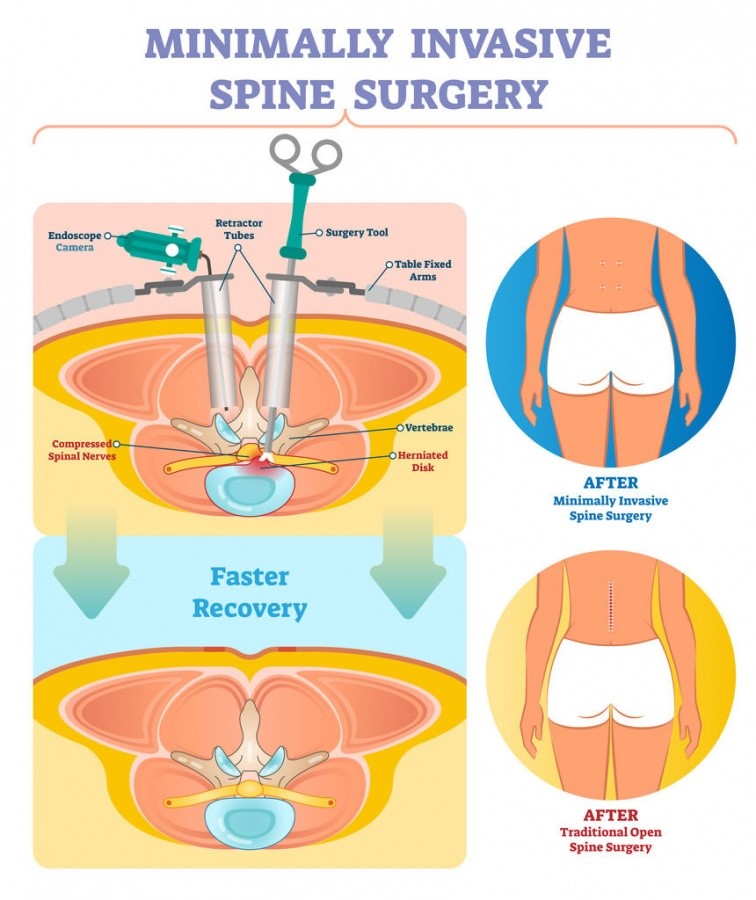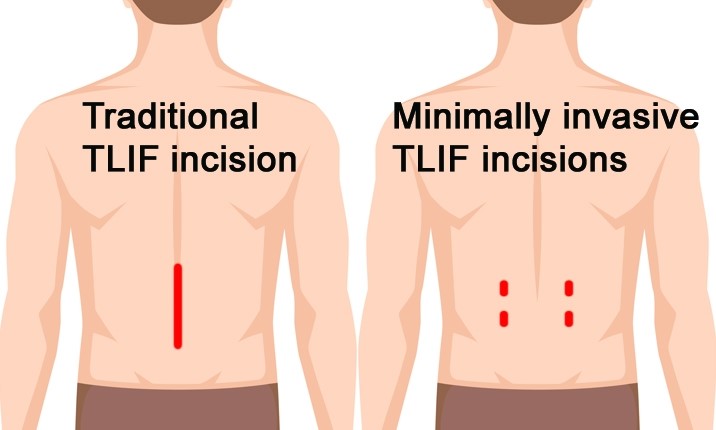Minimally Invasive Spine Surgery (MISS) of Neurosurgeons
What is minimally invasive spine surgery?
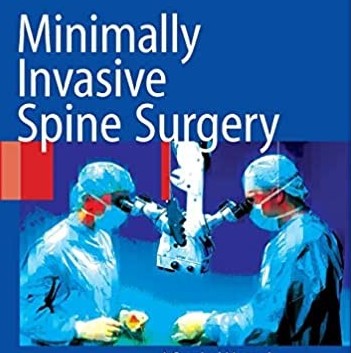
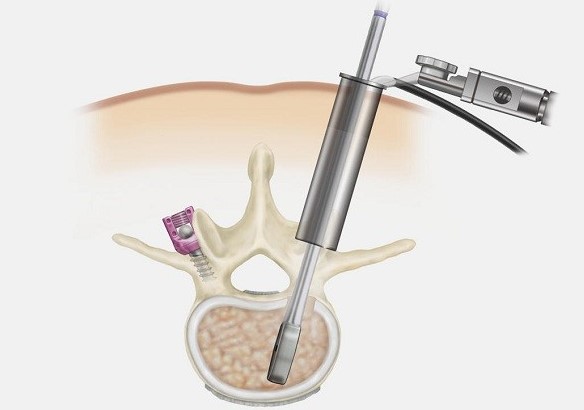
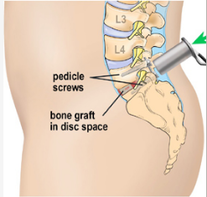
Minimally invasive spine surgery (MISS) is a new surgical technique with the following advantages
- Much smaller incision of 1.4-1.8 cm (versus 10-15 cm in traditional spine surgery).
- Much less invasive approaches than that in traditional open spine surgery.
- Much less harm to spines and its facet joints, and surrounding tissues i.e. muscles, ligaments and less blood loss at surgery.
- Much less wound and muscle pain after surgery.
- Much faster recovery: usually patient can be discharged from hospital 1-2 day after MISS spine surgery ( versus 7-10 days in traditional spine surgery).
- Better long-term spinal stability in MISS spine surgery: as muscle and ligaments along spines are well preserved.
In Minimally invasive spine surgery (MISS), fluoroscopic guidance and special devices i.e. a small tubular retractor for the tunnel-view spine surgery inside a tinny wound is used.
What is special about that Minimally invasive spine surgery (MISS) to be done by Brain and Spine Surgeons i.e. Neurosurgeons?
Neurosurgeons ensure a high degree of protection for patients’ spinal cord and nerves during surgery by:
- Applying neurosurgery techniques and skills of brain surgeries into MISS spine surgeries.
- Applying special devices and micro-instruments of brain surgeries into MISS spine surgeries.
- Applying high quality Neurosurgical Microscope of brain surgeries into MISS spine surgeries.
- Applying Continuous Intraoperative Nerve Monitoring (IOM) system of brain surgeries into MISS spine surgeries. The system allow Neurosurgeons to monitor the functions of brain, spinal cord and nerves continuously during the whole process of MISS spine surgeries.
Spinal diseases and commonly performed Minimally Invasive Spine Surgeries MISS by Neurosurgeons are as follows:
- Intervertebral disc herniation: Microdiscectomy for nerves decompression.
- Anterior cervical disc replacement surgery: Artificial Disc Replacement (ADR).
- Anterior Cervical Discectomy and Fusion Surgery: ACDF.
- Posterior cervical spine laminectomy or laminoplasty for spinal cord and nerves decompression, with or without spinal fixation or fusion surgery (from skull base occipital bone to the upper or lower cervical spine): with using a small 2cm wound.
- Spinal stenosis at cervical, thoracic or lumbar spines (narrowing of the spinal canal causing compression to spinal cord and nerves): with using a small 2cm wound, i.e. mini-laminectomy or foraminotomy, Neurosurgeons can simultaneously decompress up to four segments of impinged spinal cord and nerves at spines.
- Spinal deformity (degenerative scoliosis), spinal instability i.e. spondylolysis (a defect in a part of lower vertebrae) or spondylolisthesis: minimally invasive nerve decompression and spinal fusion surgery, i.e.:
- Transforaminal Lumbar Interbody Fusion (TLIF)
- Oblique Lumbar Interbody Fusion (OLIF)
- Spinal fracture with spinal cord or nerves compression or spinal instability: minimally invasive spinal cord and nerve decompression with or without spinal fixation surgery.
- Osteoporotic collapse fractures at spines with pain and deformity: Vertebroplasty or Kyphoplasty.
- Spinal tumors: intra-dural or extra-dural nerve tumors.
- Spinal infection
